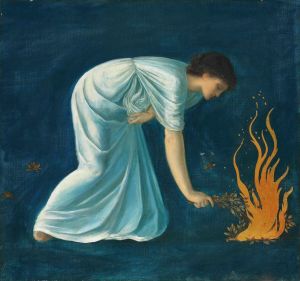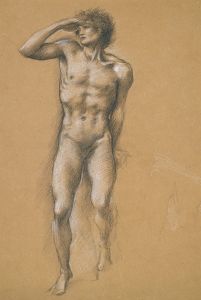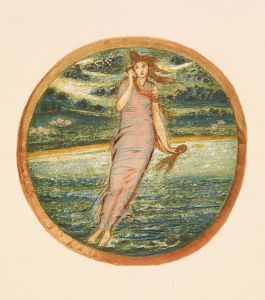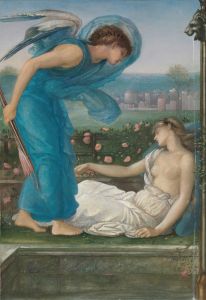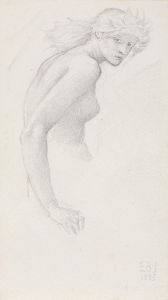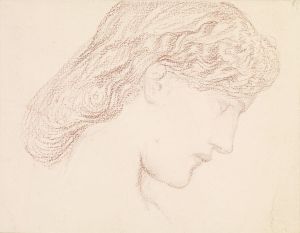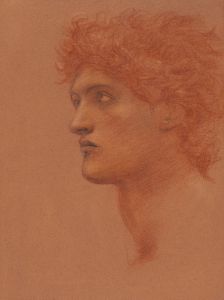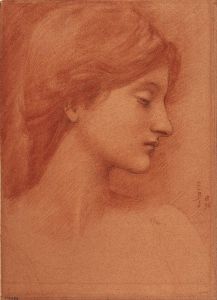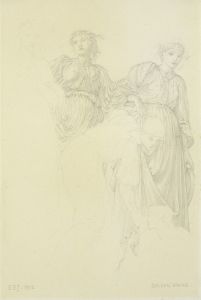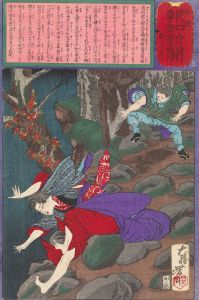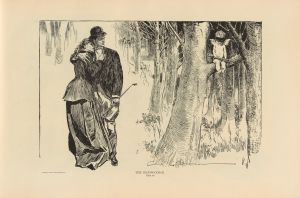
Study for head of Perseus in the rock of doom
A hand-painted replica of Sir Edward Coley Burne-Jones’s masterpiece Study for head of Perseus in the rock of doom, meticulously crafted by professional artists to capture the true essence of the original. Each piece is created with museum-quality canvas and rare mineral pigments, carefully painted by experienced artists with delicate brushstrokes and rich, layered colors to perfectly recreate the texture of the original artwork. Unlike machine-printed reproductions, this hand-painted version brings the painting to life, infused with the artist’s emotions and skill in every stroke. Whether for personal collection or home decoration, it instantly elevates the artistic atmosphere of any space.
Sir Edward Coley Burne-Jones was a prominent British artist and designer associated with the later phase of the Pre-Raphaelite movement. His work is characterized by its romantic and mythical themes, often drawing inspiration from classical mythology, medieval legends, and literature. One of his notable works is "Study for Head of Perseus in the Rock of Doom," which is part of a larger series of paintings and studies related to the myth of Perseus.
The Perseus series by Burne-Jones was inspired by the classical myth of Perseus, a hero who is best known for slaying the Gorgon Medusa and rescuing Andromeda from a sea monster. The series was commissioned by the art collector Arthur Balfour in the late 19th century. Burne-Jones's interpretation of the Perseus myth was ambitious, intended to be a cycle of paintings that would narrate the entire story of the hero's adventures.
"Study for Head of Perseus in the Rock of Doom" is a preparatory work that Burne-Jones created as part of his extensive planning for the series. The study focuses on the depiction of Perseus, capturing the hero's expression and features with meticulous attention to detail. Burne-Jones was known for his careful and deliberate approach to composition, often producing numerous studies and sketches before completing a final piece.
The Rock of Doom refers to the scene in the myth where Andromeda is chained to a rock as a sacrifice to a sea monster. Perseus arrives in time to save her, using the head of Medusa to turn the monster to stone. This dramatic and heroic moment is a central theme in Burne-Jones's series, showcasing his interest in themes of heroism, sacrifice, and redemption.
Burne-Jones's work is noted for its ethereal beauty and dreamlike quality, often achieved through his use of soft, muted colors and elongated forms. His figures are typically idealized, with a focus on grace and elegance, reflecting the influence of both the Pre-Raphaelite Brotherhood and the Italian Renaissance on his style.
The Perseus series, including the studies, is considered one of Burne-Jones's major achievements, highlighting his skill as a storyteller through art. While the complete series was never fully realized as initially planned, the existing works and studies offer insight into his creative process and artistic vision.
Burne-Jones's contribution to the art world extends beyond his paintings; he was also an influential designer, working closely with William Morris on various decorative arts projects. His work continues to be celebrated for its beauty and its ability to transport viewers into a world of myth and legend.





